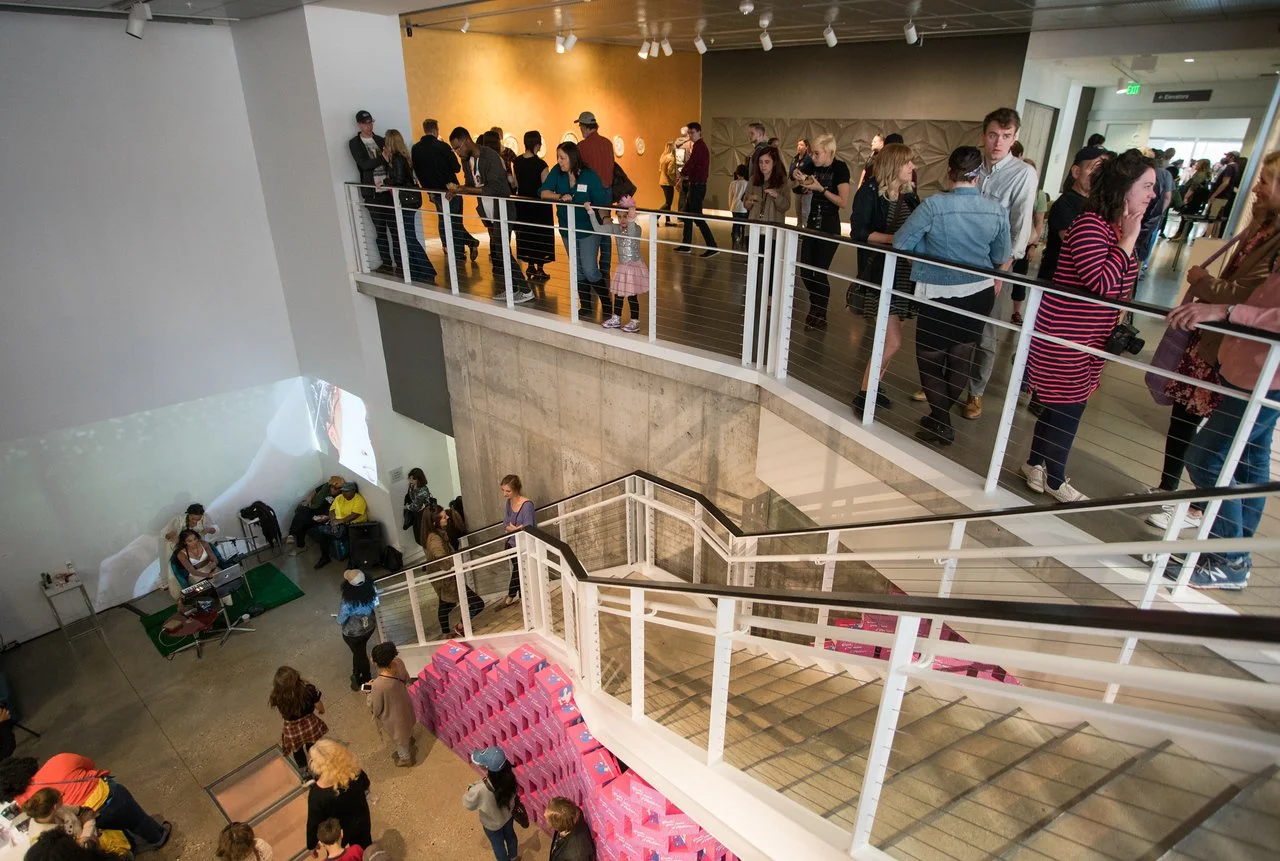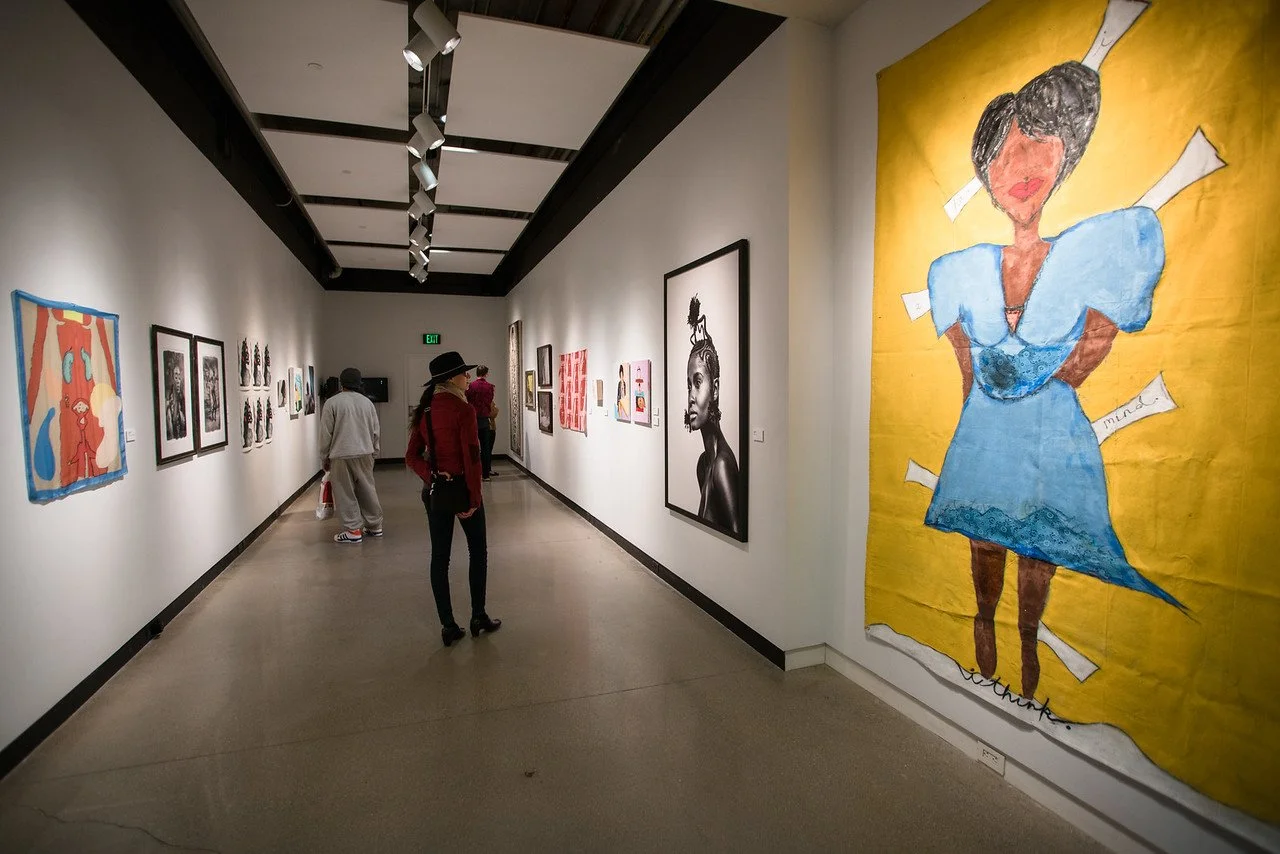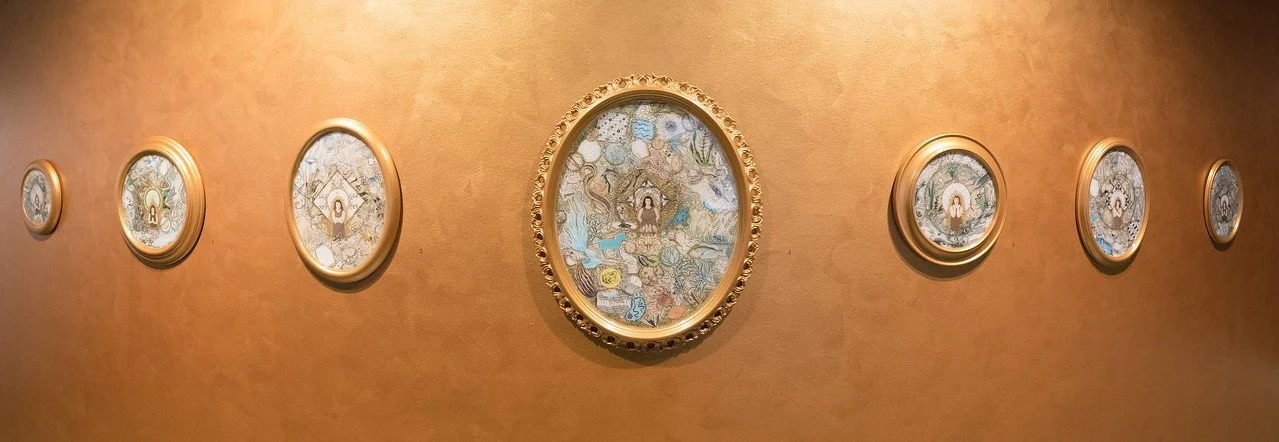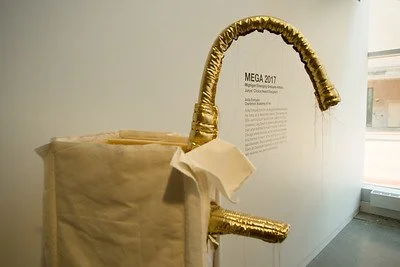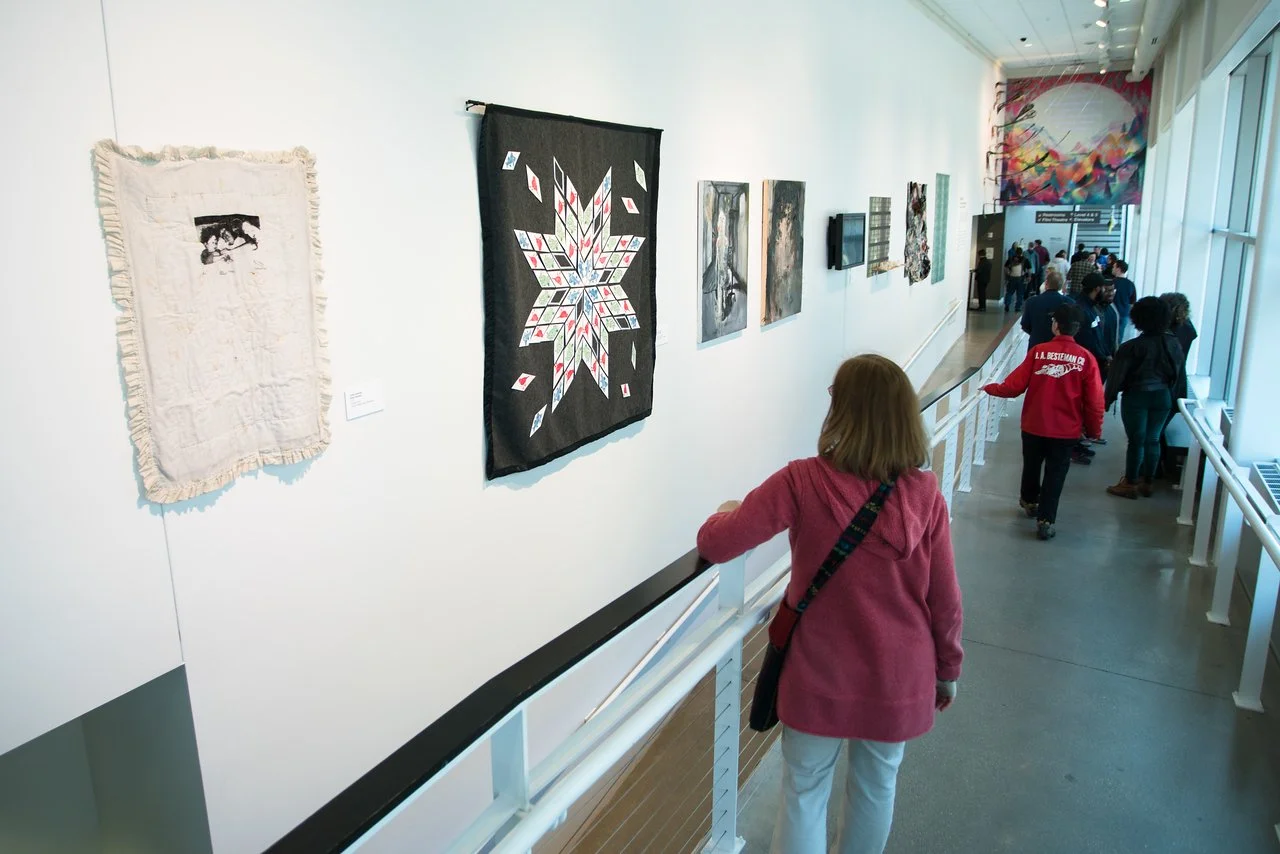CURATORIAL STUDIES
What is curating? What is/n’t art? What is/n’t an exhibition?
DIY to formal / institutional curating
What Is/n’t Ours?
What Is Your Why — Part 1
How To Curate:
Part 1 — Idea formation: What is driving this effort?
Concept-driven; Material/Media focus; Theme-centered; Purpose-driven;
Curiosity/Research-driven (surveys, exploration); Solution-driven; Community-driven
Part 2 — Research and Collaboration:
Research: How and Why;
Collaboration: Invent, Recreate, or Invite and Host?
Part 3 — Introduction to Planning Methods
(see Idea in Action for post-intro points)
What Is Your Why — Part 2:
Driven by Heart or Head?
Ca/n’t it be both?
Traditional and New Media; Performance:
Traditional vs Experimental
Participatory public works, Social sculpture, Social practice
What Is/n’t An Exhibition Space:
Physical spaces, Traditional Spaces, Formal / Informal Spaces, DIY and Artist-Run Spaces, Educational Spaces, Indoor/Outdoor Spaces, Digital Spaces
Not-explicitly-for-art spaces (basements, porches, coffee shops, grocery stores)
Communal, Civic, and Political Spaces, Liminal/Non-Spaces, straight to Print/Zine (only) shows, and Art Fairs - alternate reality exhibitions; Biennales, Triennales, etc.
Viral Mythology and the separate and ongoing digital experience of exhibitions
Intential Inclusion and User Experience:
Accessible Exhibition/Space Design; Best practices and innovative thinking to break down barriers with inclusive didactics; Content warnings and other considerations for Respecting the dignity of every person, practicing radical empathy, and honoring human stories
Idea in Action:
Timeline planning; Components of successful Calls for Art (own handout); Outreach, introduction, and invitations
Expectations and contracts; Can work be for sale? Does it have to be?
Who is your audience? Exhibition Design, Didactics Design, Writing (part 1)
Installation:
Part 1 — Prep Work:
Receiving works; Condition reports; Storage
Preparators — Will you need help? Specialists? Equipment? Helpers who are especially trained to use equipment?
Lighting; Accessibility; Storage and Shipping
Part 2 — Installing works; Documentation
Reaching your audience:
Marketing and Promotion; Opening/Closing Receptions, Performances, Artist Talks, and other Activations: Yes or no?
Event planning overview: Timeline, tasks, considerations, and safety
READING LIST:
What Makes A Great Exhibition by Paula Marincola
Ways of Curating by Hans Ulrich Obrist
Curatorial Intervention: History and Current Practice by Brent Levine
Curatorial Activism: Toward an Ethics of Curating by Maura Reilly (Fwd by L. Lippard)
A Pedagogy of Witnessing: Curatorial Practice and the Pursuit of Social Justice by Roger Simon
Conceptual Art in a Curatorial Perspective by Nathalie Zonnenberg
Art as Social Action: An Introduction to the Principles and Practices of Teaching Social Practice Art by Sholette, Bass, and Social Practice Queens (SPQ)
Curating Digital Art: From Presenting and Collecting Digital Art to Networked Co-Creation (Making Public)
Echoing Exhibition Views: Subjectivity in Post-Digital Times – collection of essays edited and designed by A.R. Practice
The Curator’s Handbook by Adrian George
Expanding Spacial Narratives: Museum, Exhibitions, and Digital Culture collection of essays
The Participatory Museum by Nina Simon
Practical Information
Calls for Art — HDR
Sample Contract — HDR
Sample Condition Report — HDR
Exhibition Opportunities One Sheet — HDR
Exhibition Proposal One Sheet — HDR
Digital Exhibition One Sheet — HDR
Local Resources - Ongoing Compilation
STUDENT WORK
Curatorial Work (images) from 2010 - 2015: https://www.heatherduffymade.com/curated-exhibitions-2010-2015




